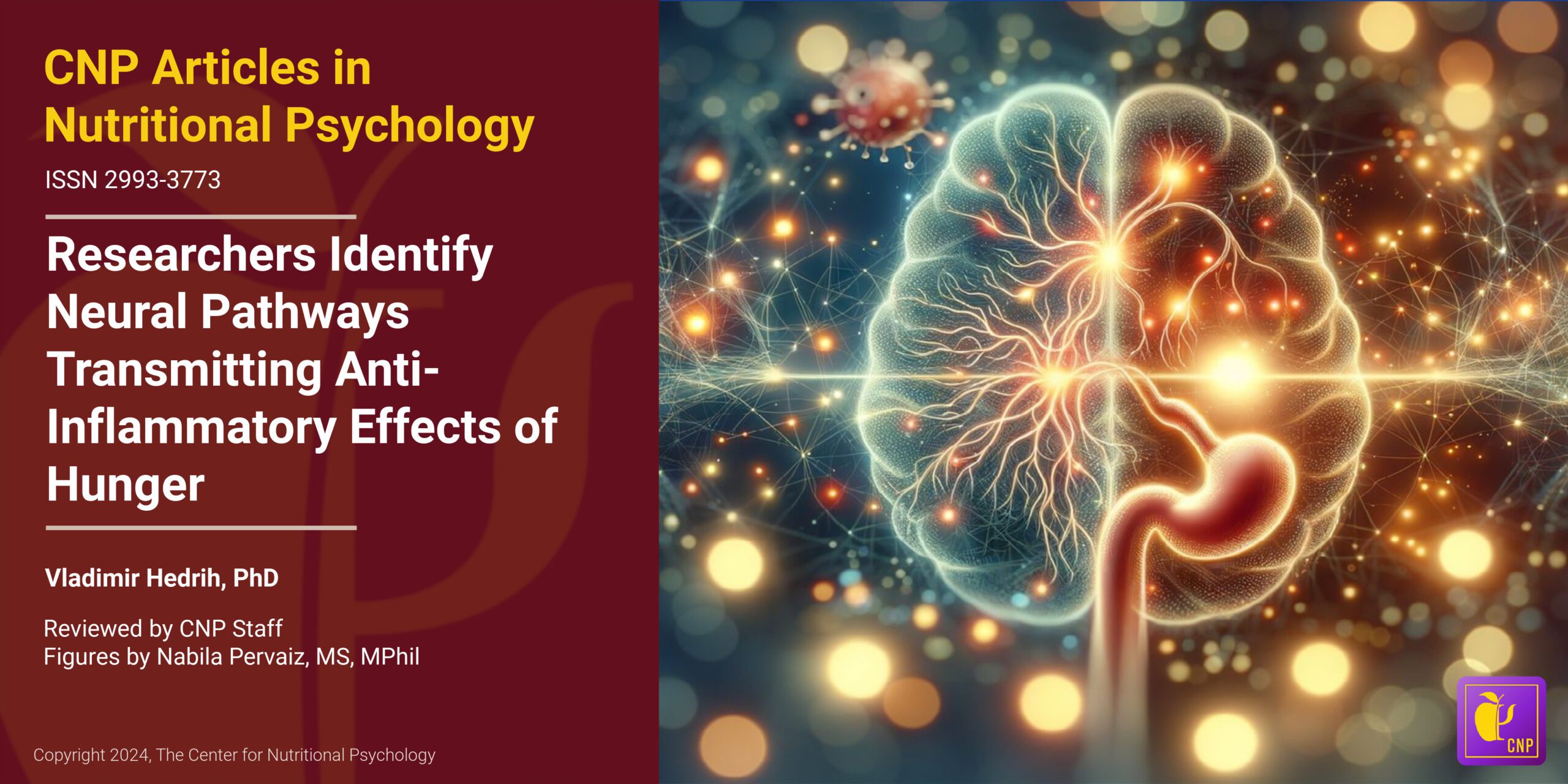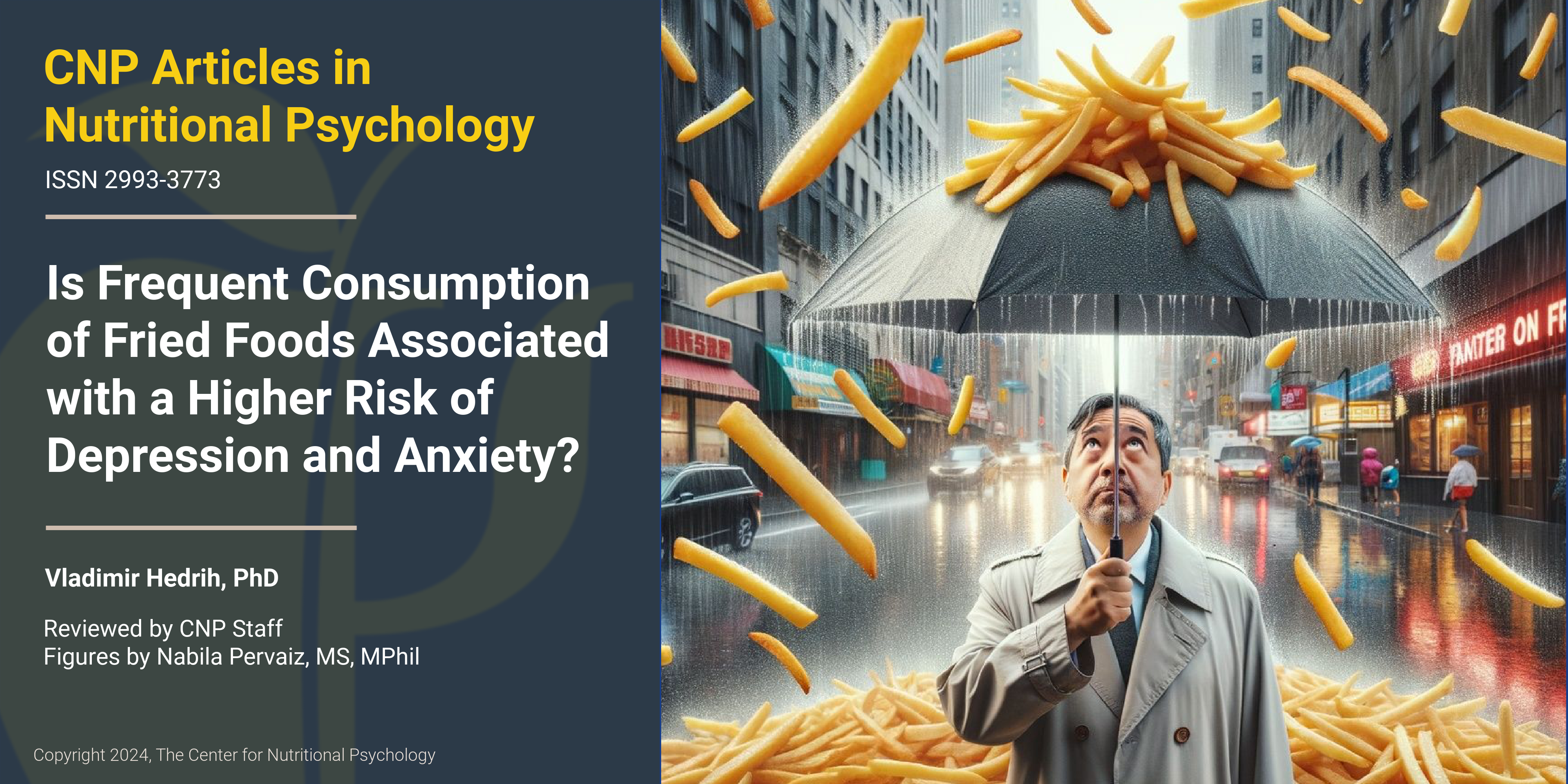What Makes Us Like or Dislike Specific Foods?
Have you ever wondered what makes us like and want to eat certain foods while disliking others? Most people will say that they like tasty food when asked this question. But what makes some foods tastier than others? Many scientific studies explored this question.
Listen to this Article
Can Social Anxiety From Humans be Transmitted to Mice?
A study published in PNAS: Neuroscience explored whether social anxiety can be transmitted from humans to mice via gut microbiota Mice receiving gut microbiota from human participants with social anxiety disorder became more sensitive to social fear While the nonsocial...
Listen to this Article
Researchers Identify Neural Pathways Transmitting Anti-Inflammatory Effects of Hunger
People need food to survive. Severe malnutrition causes the body to break down its own tissues to meet energy needs. The body first utilizes the stored fat, but if starvation continues, it eventually starts using muscle mass as to fulfill its nutritional needs. Prolonged starvation impairs vital functions, and leads to organ failure, weakened immune response, and severe hormonal imbalances (Sidiropoulos, 2007). Cognitive functions also deteriorate. But what happens when people restrict their food intake only for limited periods?
Listen to this Article
Frequent Consumption of Fried Foods is Associated With a Slightly Higher Risk of Depression and Anxiety
The consolidation of research in the diet-mental health relationship within nutritional psychology has shown that our food choices and patterns can influence our moods and state of mind, and our moods and state of mind can influence our food choices and patterns. People tend to eat when stressed or bored (Dicker-Oren et al., 2022; Stevenson et al., 2023). They can also feel angry when hungry (called hanger), in which one experiences anger due to hunger (Hedrih, 2023a).
Listen to this Article
Consuming Fat and Sugar (At The Same Time) Promotes Overeating, Study Finds
When we want to find out what a piece of food is like, we can taste or smell it. When we smell something, sensory cells located in a small patch of tissue (olfactory epithelium) at the top of our nasal cavity react to the odorant molecules coming from that piece of food, and the olfactory nerve to carries the information to our brain, allowing us to experience smell. Similarly, when we taste a piece of food, taste buds in our mouth react to it, and specific nerves carry the information to our brain. While we eat, this evaluation of the qualities of food using our sensory organs happens continuously. However, not all of our food sensations come from our external senses. Our body also has sensory cells in the gut that inform the brain about what we eat.
Listen to this Article












